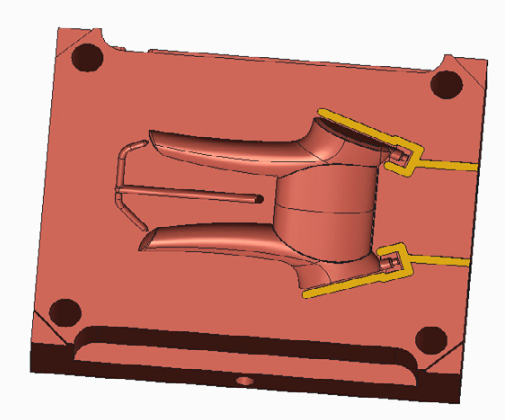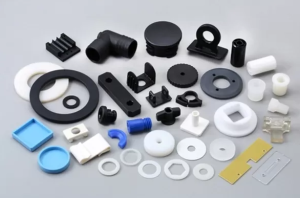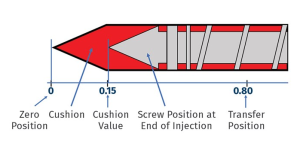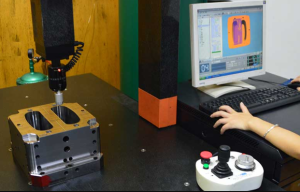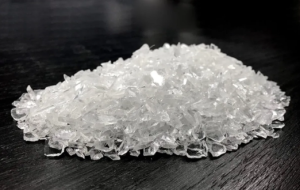Ventilation in manufacturing buildings, particularly those that house injection molding operations, is critical for maintaining air quality, ensuring the safety and health of workers, and preserving the integrity of the products being manufactured. Here is a detailed overview of how most injection molding manufacturing buildings are ventilated:
Key Considerations for Ventilation
- Air Quality Control: Removal of fumes, odors, and airborne particulates from melted plastics and other materials.
- Temperature Regulation: Maintaining optimal temperature to ensure the proper functioning of machines and comfort for workers.
- Humidity Control: Preventing excess moisture which can affect both the equipment and the plastic materials.
- Safety: Ensuring the safe dispersion of potentially hazardous gases and chemicals.
Ventilation Systems and Strategies
1. General HVAC Systems
Most manufacturing buildings are equipped with general Heating, Ventilation, and Air Conditioning (HVAC) systems that help regulate the overall air quality, temperature, and humidity.
- Air Exchange: Ensures a consistent exchange of indoor and outdoor air to maintain fresh air levels.
- Temperature Control: Uses heating and cooling systems to maintain a stable temperature.
- Humidity Control: Incorporates dehumidifiers or humidifiers to manage moisture levels in the air.
2. Local Exhaust Ventilation (LEV)
LEV systems are specifically designed to capture and remove contaminants at their source before they can disperse into the broader workplace environment.
- Fume Hoods and Enclosures: Placed over or around machines to capture fumes directly where they are generated.
- Ductwork: Connects the hoods to exhaust fans and filtration systems.
- Filtration Systems: HEPA filters and activated carbon filters are used to remove particulates and chemical fumes from the air.

Choose us for your custom injection molding needs and experience excellence in every detail. Our China-based factory provides innovative solutions, competitive pricing, and fast turnaround times. Get your custom quote now!
3. Dilution Ventilation
Dilution ventilation works by diluting contaminated air with clean air to reduce the concentration of harmful substances.
- Supply and Exhaust Fans: These fans work together to introduce fresh air and exhaust stale air.
- Air Circulation: Proper circulation patterns ensure that contaminated air is effectively diluted and removed.
4. Spot Cooling and Ventilation
In areas with high heat generation or specific ventilation needs, spot cooling and ventilation systems are employed.
- Portable Air Conditioners: Used to provide additional cooling to specific areas.
- Air Curtains: Create a barrier of air to prevent contaminants from spreading to other areas.

Components of Ventilation Systems
1. Air Handling Units (AHUs)
- Function: Central units that condition and circulate air through the HVAC system.
- Components: Include filters, blowers, heating/cooling coils, and humidification/dehumidification equipment.
2. Ductwork
- Material: Made from galvanized steel, aluminum, or other materials suitable for industrial environments.
- Design: Designed to minimize resistance and ensure efficient airflow throughout the building.
3. Filters
- Types: HEPA filters for particulates, activated carbon filters for fumes and odors.
- Maintenance: Regular replacement and cleaning to maintain efficiency.
4. Fans and Blowers
- Types: Axial fans, centrifugal blowers, or mixed flow fans.
- Function: Move air through the ventilation system and exhaust it outside the building.

Choose us for your custom injection molding needs and experience excellence in every detail. Our China-based factory provides innovative solutions, competitive pricing, and fast turnaround times. Get your custom quote now!
Maintenance and Monitoring
- Regular Inspections: Ensure that all components are functioning correctly and efficiently.
- Air Quality Monitoring: Use sensors and monitoring equipment to continuously assess air quality and make adjustments as needed.
- Filter Replacement: Scheduled maintenance for replacing filters to ensure they are not clogged and are working effectively.
- Cleaning Ducts: Periodic cleaning of ductwork to prevent the buildup of dust and contaminants.
Compliance and Safety Standards
- OSHA Regulations: Compliance with Occupational Safety and Health Administration (OSHA) standards for air quality and worker safety.
- Local Building Codes: Adherence to local regulations and building codes related to industrial ventilation.
- Industry Standards: Following best practices and standards set by organizations such as the American Society of Heating, Refrigerating and Air-Conditioning Engineers (ASHRAE).
Conclusion
Effective ventilation in injection molding manufacturing buildings is crucial for maintaining a safe, healthy, and productive environment. By combining general HVAC systems with local exhaust ventilation, dilution ventilation, and spot cooling, manufacturers can control air quality, temperature, and humidity. Regular maintenance and adherence to safety standards ensure the longevity and efficiency of ventilation systems, protecting both workers and equipment.
Related Conten: Plastic Parts Manufacturer

